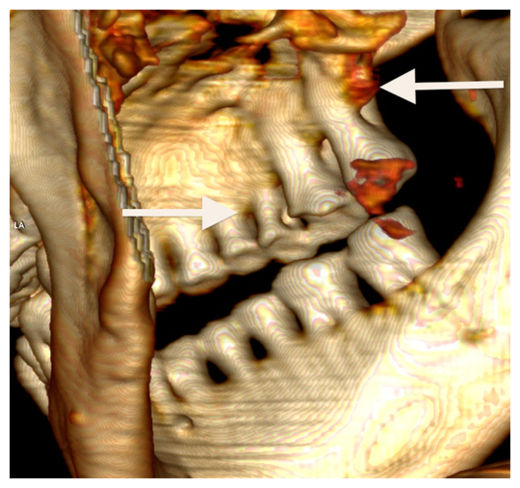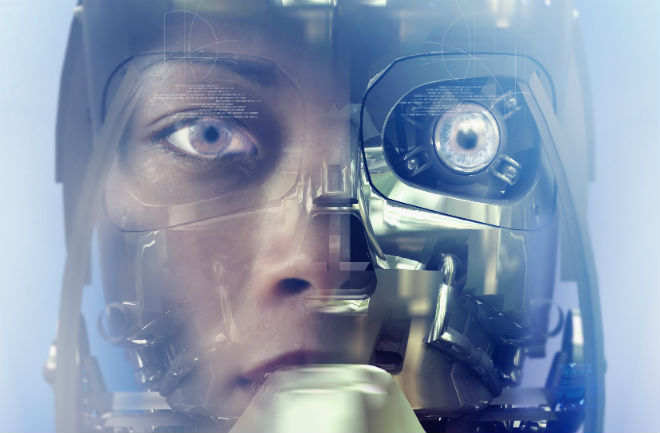
© WikiCommonsAn Ohio State University professor's analysis shows that Richard Byrd most likely did not actually fly over the North Pole when he claimed to have been the first to do it in 1926.
New computer simulations from a researcher at Ohio State University cast even more doubt on acclaimed explorer Richard E. Byrd and whether the first-ever flight to the North Pole was truly a success.
According to Byrd, on May 9, 1926 he and co-pilot Floyd Bennett beat the competition and became the first men to fly over the North Pole, reportedly making the trip much faster than anticipated.
Even at the time his trip was met with skepticism, but Byrd stuck to his story and left a legacy as first person to fly over the North Pole. He was ultimately awarded the Medal of Honor for the flight and went on to explore the Antarctic. Skeptics went on to question Byrd's own notes and airspeed calculations long after he died.
"The flight was incredibly controversial," Gerald Newsom, emeritus professor of astronomy at Ohio State said in a
statement. "The people defending Byrd were vehement that he was a hero, and the people attacking him said he was one of the world's greatest frauds. The emotion! It was incredibly vitriolic."
Now, Newsom reports that his supercomputer simulations of atmospheric conditions on the day of the flight and analysis of Byrd's navigation techniques show that Byrd came close - that he was geographically near the North Pole - but likely didn't make it to the pinpoint North Pole.
"I worked out that if Byrd did make it, he must have had very unusual wind conditions. But it's clear that he really gave it a valiant try, and he deserves a lot of respect," Newsom said.
"This type of analysis by itself will not resolve any controversy over whether Byrd reached the pole. But it does indicate that he was considerably more likely to have ended up short of his goal than to have exceeded it."
Newsom's study appears in a recent issue of the journal
Polar Record.




